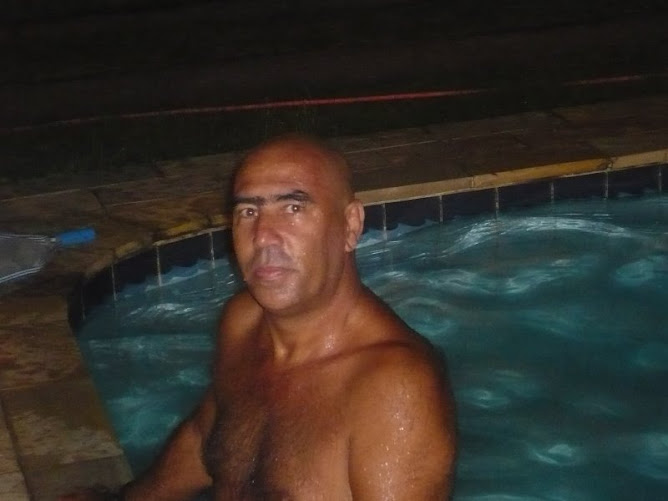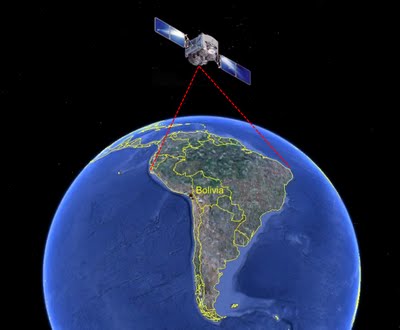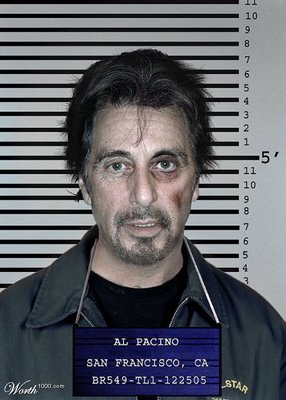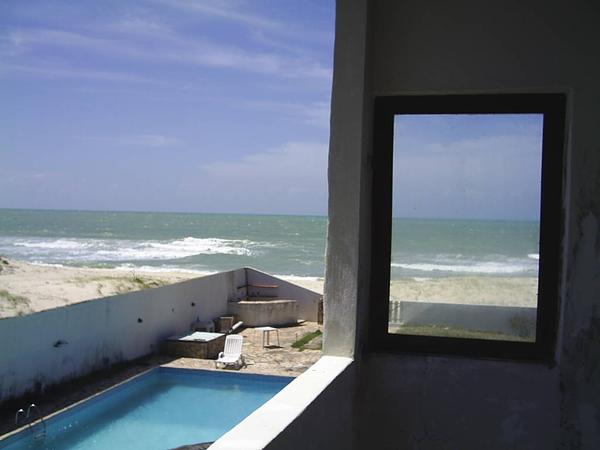
Amigo de Belchior aparece com ele em foto na praia...suspeitam que ambos estavam bebendo e que o belchior ainda esta na balada.
A Corregepol vai investigar o caso e já pediu as trinta e sete passagens de avião para as diligências nas praias de Botafogo,Ipanema,São Conrado,Leblon e outras tantas dos quiosques com a tal da manguaça...
O secretário Pinto aguarda o relatório da busca ao Wally, oops Belchior.
Leia tudo sobre WALLY em http://www.verbeat.org/blogs/cultcoolfreak/
-----------
----------------------------------------------------
--------------
Conhecida como a Princesinha do Mar,
Copacabana é uma síntese da cidade do Rio. Impossível falar da praia sem falar do bairro. Com seus milhares de habitantes, Copacabana é um bairro com uma população bastante heterogênea. São ricos, pobres, famosos e desconhecidos que fazem a alma de Copacabana. A praia possui seis postos de salvamento que são ótimas referências geográficas. Sua faixa de areia é bastante longa (exceto próximo ao Posto 6), o que propicia a prática de diversos esportes. Na areia, o visitante pode encontrar diversos produtos a venda. Bebidas, comidas, protetores solares, bijuterias e cangas(toalhas para deitar na areia) estão entre eles. O mar costuma ser calmo com ondas pequenas, mas é bom evitar nadar para muito longe. No verão e, principalmente, nos fins de semana o número de freqüentadores aumenta consideravelmente. Vale a pena visitar o Forte de Copacabana no Posto 6, palco de eventos históricos do Brasil e sede do Museu Histórico do Exército.
Leme
O praia do Leme fica à esquerda de Copacabana e a fronteira entre as duas passa quase que por desapercebida. O Leme é uma extensão do bairro de Copacabana.
Ipanema
Este pedaço de areia ficou mundialmente conhecido pela música "Garota de Ipanema", de Tom Jobim e Vinícius de Moraes. Assim como Copacabana, não se pode falar da praia sem falar do bairro. Ipanema, uma antiga vila de pescadores, é um berço cultural do Rio e, conseqüentemente, do Brasil. De lá vieram a moda de praia e grandes compositores que ajudaram a criar a Bossa Nova. Ipanema, em tupi-guarani, significa água perigosa. Apesar disso, o mar é bom para a prática de esportes aquáticos como surfe e bodyboard. Nas areias de Ipanema há com freqüência shows musicais gratuitos para o público, geralmente à noite. As mulheres bonitas são outra grande atração da praia.
Arpoador
Localizada entre Copacabana e Ipanema, o Arpoador possui atualmente uma faixa de areia muito curta. Não se esqueça de visitar as pedras do Arpoador, o local mais lindo para se apreciar o mar e o pôr-do-sol.
Leblon
A praia do Leblon é uma extensão à direita da praia de Ipanema. Não é tão freqüentada, mas a larga faixa de areia permite a prática de vários esportes. O Mirante do Leblon, localizado no extremo canto direito permite uma vista deslumbrante, principalmente quando o mar está em ressaca. Atenção: Devido a problemas de poluição, esta praia geralmente está imprópria para o banho.
Vidigal
Fica ao pé do Morro Dois Irmãos, junto ao Hotel Sheraton. Seu acesso é difícil e geralmente está poluída.
São Conrado/Pepino
Estas praias, uma ao lado da outra sofrem com a poluição constante. No canto direito o visitante pode fazer um vôo de asa-delta.
Joatinga
Praia de difícil acesso mas de grande beleza, uma vez que, embora esteja no meio da cidade, parece isolada do mundo. A faixa de areia é muito pequena no inverno e a praia só vale a pena ser freqüentada no verão, quando o sol permanece por mais tempo. Para chegar lá, o visitante tem que seguir de carro pela Estrada do Joá, como se estivesse indo para o clube Costa Brava (informe-se melhor na recepção de seu hotel). Ainda é preciso fazer uma pequena descida até a praia, caminhando sobre as pedras. Não é aconselhável para idosos, gestantes e deficientes físicos.
Barra da Tijuca
É a praia urbana de maior extensão no Rio de Janeiro. São quilômetros de praia que possibilitam a prática de esportes aquáticos (ideal para o windsurfe). No início, localiza-se a Praia do Pepê, ponto de encontro de pessoas jovens e mulheres bonitas. Pepê era o nome de um dos maiores atletas de esportes radicais do Brasil, morto num acidente de asa-delta. O mar da Barra costuma ser traiçoeiro e é bom ter cuidado. Vale a pena experimentar um dos sanduíches naturais da Barraca do Pepê.
Recreio dos Bandeirantes
Por ser continuação da praia da Barra, o Recreio possui as mesmas características.
Prainha - É a praia dos surfistas. Na Prainha o mar é excelente para a prática do surfe e a natureza no local é praticamente intocável.
Grumarí - Grumarí é um pouco maior e mais afastada do que a Prainha. É uma linda praia muito freqüentada por famílias.
------------
This article does not cite any references or sources.
-
This article does not cite any references or sources. Please help improve this article by adding citations to reliable sSources, here at ligeirinho.com. Unsourced material may be challenged and removed. (August, 29 2009)
Martin Handford with Wally/Waldo, Wenda, Odlaw, Wizard Whitebeard and Woof
Where's Wally? (titled Where's Waldo? in the United States and Canada) is a series of children's books created by the British illustrator Martin Handford. The books consist of a series of complex full-page illustrations of hundreds of people doing various things. The purpose is to find a character called Wally among the group, which can be difficult as he is always well hidden. Wally dresses in a red and white hooped shirt and bobble hat, carries a wooden walking stick, and wears glasses. Readers are also invited to find lost items, including books, camping equipment and Wally's shoes.
The first book in the series, originally titled Where's Wally?, was published in 1987. The books became extremely popular and were translated into many languages. Wally is often given a different name in the translations. The franchise also spawned a TV series, a comic strip and a series of video games.
The franchise was created by Martin Handford. As a young adult, Handford illustrated crowds and other comic scenes for clients. In 1986 he was approached to create a book of his artwork. To tie each scene together he came up with the idea to insert a distinctive traveller into each scene for readers to find. For the initial United Kingdom release of his book in 1987 he titled the character "Wally". The Where's Wally? trademark was adapted for 28 countries. In addition to language translation, each franchise gave a new name and personality to the character. He became Charlie in France, Walter in Germany, Holger in Denmark and Willy in Norway. Wally can also be found in Japan. In Israel, Wally got renamed as Effy, and was a huge success at the time of its release. However, the most successful of the franchises--even surpassing the original "Wally" brand--was the North American adaptation, Where's Waldo?
Whereas the early Waldo books were identical to the simultaneous Wally releases - except for the character's name - merchandising and spin-off productions expanded the Waldo franchise and character. Although Waldo and Wally are identical in appearance, their characters and personalities developed differently - Waldo became a hip and tech-savvy American world traveler, while Wally became intellectual and somewhat goofy.
Waldo became a huge pop culture sensation in the early 1990s. The United States was swept with "Waldo-mania". Aside from the adaptations of Handford's books, the US franchise grew to include licensing of Waldo for video games, spin-off books, magazines, dolls, toys and a Waldo television series. Many of the Waldo products were later reworked and translated for other national markets - including turning "Waldo"-created productions into "Wally".
Although Wally is the name used in Handford's home country, and was the first title used, Handford and his publisher refer to the character and franchise in many press releases and interviews as "Waldo". In the publishing world the "Wally" brand has become inferior, dwarfed by merchandising and huge success of "Waldo". And although the wordplay was lost on audiences outside North America, the name of the intrepid traveller's nemesis was even derived by Handford from spelling "Waldo" backwards to create Odlaw.
On January 22, 2007, the Where's Wally franchise - and thus Where's Waldo as well - was bought by the UK-based children's company Entertainment Rights.Unsourced material may be challenged and removed. (September 2007)
Martin Handford with Wally/Waldo, Wenda, Odlaw, Wizard Whitebeard and Woof
Where's Wally? (titled Where's Waldo? in the United States and Canada) is a series of children's books created by the British illustrator Martin Handford. The books consist of a series of complex full-page illustrations of hundreds of people doing various things. The purpose is to find a character called Wally among the group, which can be difficult as he is always well hidden. Wally dresses in a red and white hooped shirt and bobble hat, carries a wooden walking stick, and wears glasses. Readers are also invited to find lost items, including books, camping equipment and Wally's shoes.
The first book in the series, originally titled Where's Wally?, was published in 1987. The books became extremely popular and were translated into many languages. Wally is often given a different name in the translations. The franchise also spawned a TV series, a comic strip and a series of video games.
The franchise was created by Martin Handford. As a young adult, Handford illustrated crowds and other comic scenes for clients. In 1986 he was approached to create a book of his artwork. To tie each scene together he came up with the idea to insert a distinctive traveller into each scene for readers to find. For the initial United Kingdom release of his book in 1987 he titled the character "Wally". The Where's Wally? trademark was adapted for 28 countries. In addition to language translation, each franchise gave a new name and personality to the character. He became Charlie in France, Walter in Germany, Holger in Denmark and Willy in Norway. Wally can also be found in Japan. In Israel, Wally got renamed as Effy, and was a huge success at the time of its release. However, the most successful of the franchises--even surpassing the original "Wally" brand--was the North American adaptation, Where's Waldo?
Whereas the early Waldo books were identical to the simultaneous Wally releases - except for the character's name - merchandising and spin-off productions expanded the Waldo franchise and character. Although Waldo and Wally are identical in appearance, their characters and personalities developed differently - Waldo became a hip and tech-savvy American world traveler, while Wally became intellectual and somewhat goofy.
Waldo became a huge pop culture sensation in the early 1990s. The United States was swept with "Waldo-mania". Aside from the adaptations of Handford's books, the US franchise grew to include licensing of Waldo for video games, spin-off books, magazines, dolls, toys and a Waldo television series. Many of the Waldo products were later reworked and translated for other national markets - including turning "Waldo"-created productions into "Wally".
Although Wally is the name used in Handford's home country, and was the first title used, Handford and his publisher refer to the character and franchise in many press releases and interviews as "Waldo". In the publishing world the "Wally" brand has become inferior, dwarfed by merchandising and huge success of "Waldo". And although the wordplay was lost on audiences outside North America, the name of the intrepid traveller's nemesis was even derived by Handford from spelling "Waldo" backwards to create Odlaw.
On January 22, 2007, the Where's Wally franchise - and thus Where's Waldo as well - was bought by the UK-based children's company Entertainment Rights.
All rights reserved for Wally, are released to Ligeirinho.com

























































